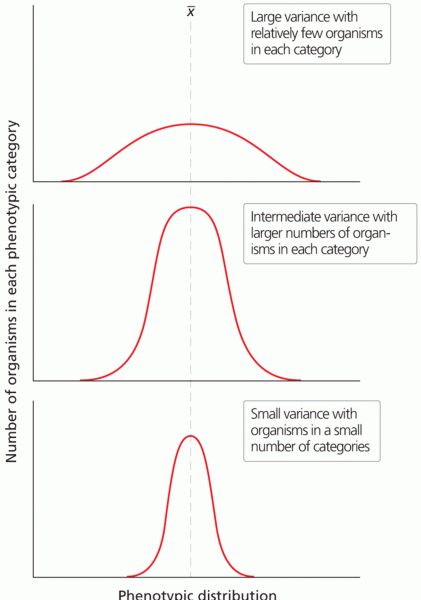This topic contains a solution. Click here to go to the answer
|
|
|
Did you know?
Each year in the United States, there are approximately six million pregnancies. This means that at any one time, about 4% of women in the United States are pregnant.
Did you know?
Alzheimer's disease affects only about 10% of people older than 65 years of age. Most forms of decreased mental function and dementia are caused by disuse (letting the mind get lazy).
Did you know?
Medication errors are three times higher among children and infants than with adults.
Did you know?
Illicit drug use costs the United States approximately $181 billion every year.
Did you know?
This year, an estimated 1.4 million Americans will have a new or recurrent heart attack.







